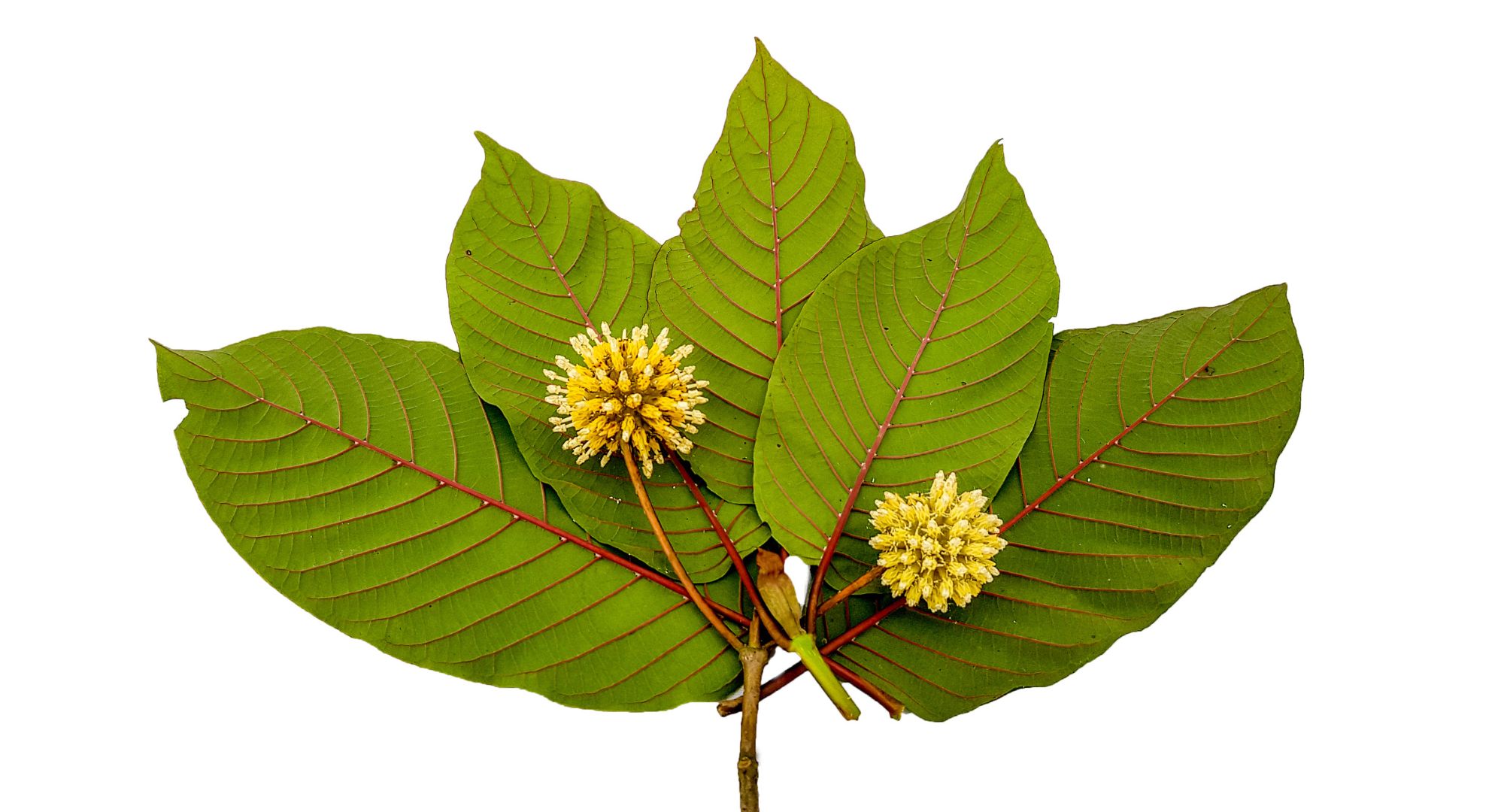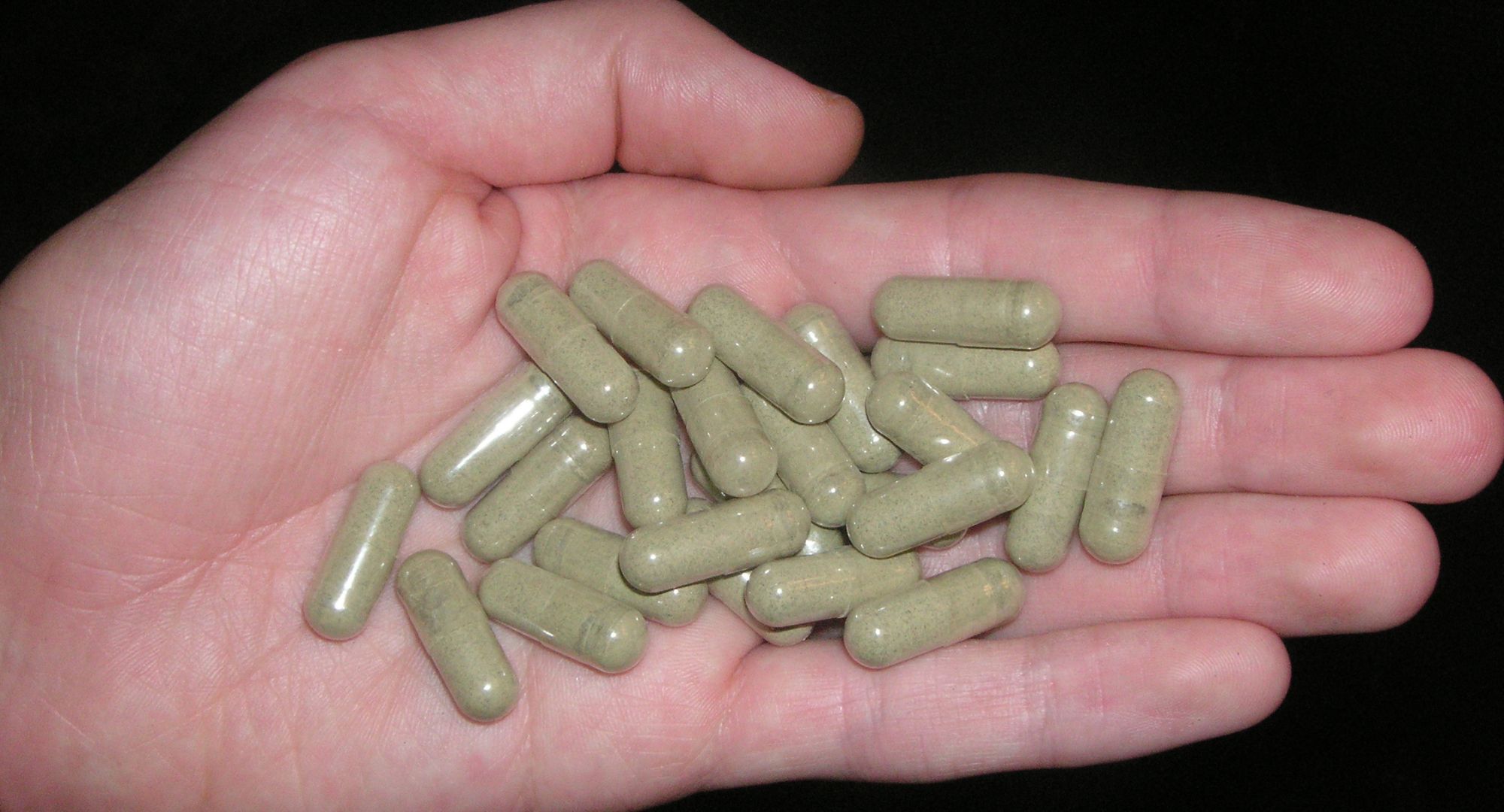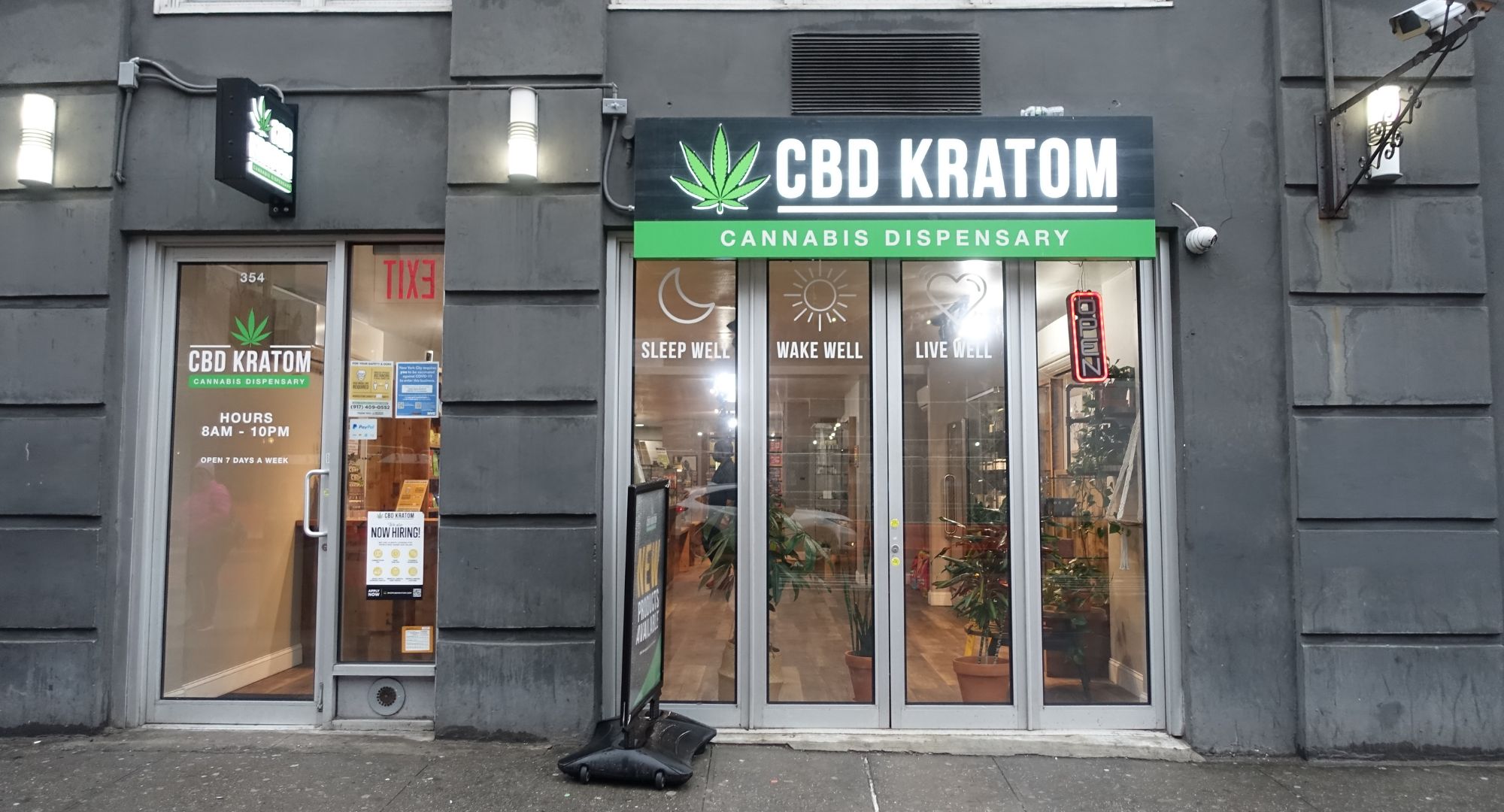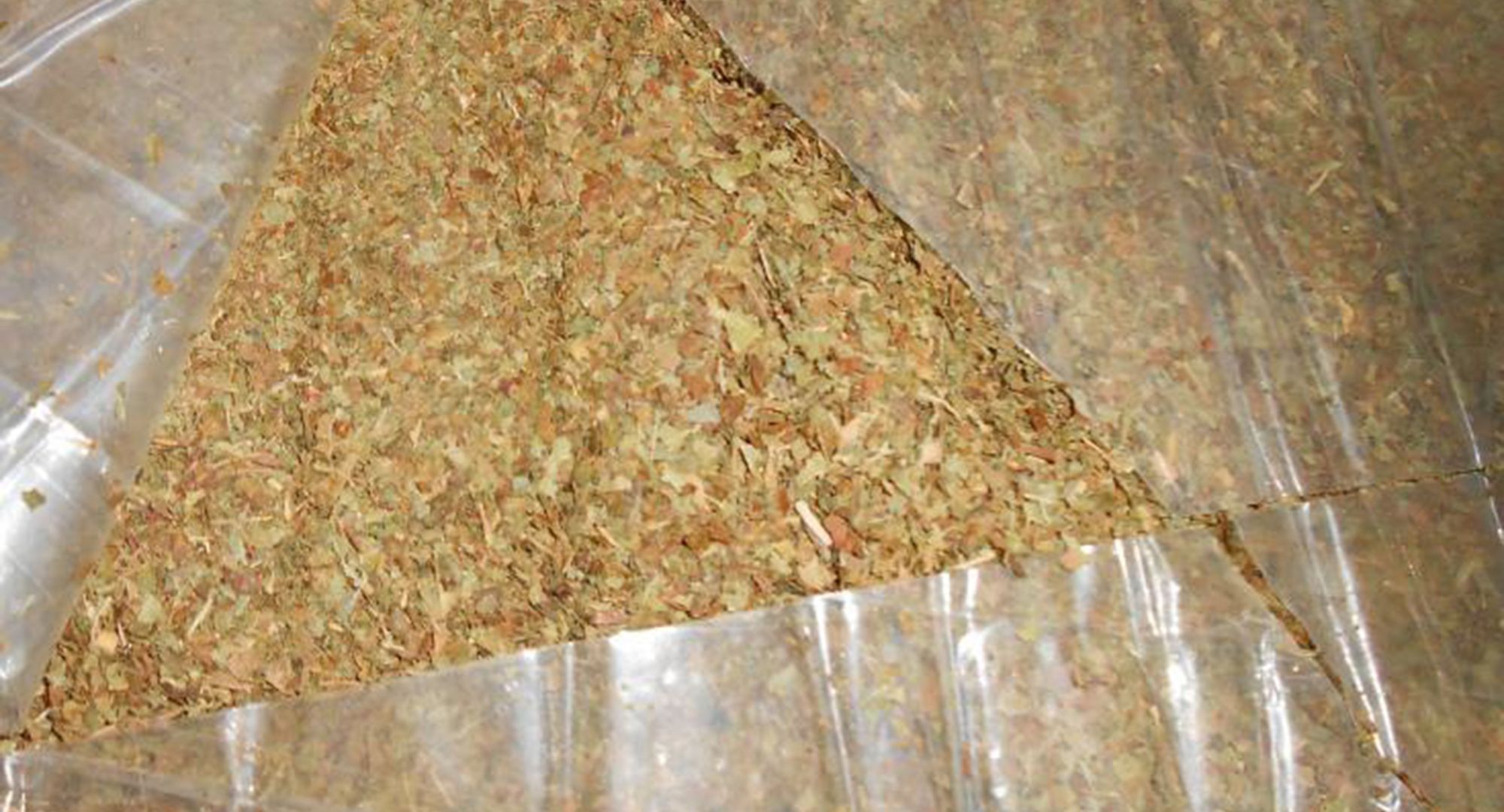
Whether you’re new to herbal remedies or decided to go all-natural long ago, you’ve probably heard of kratom. This plant has been around for centuries, but it’s only recently started to gain popularity in the U.S.
Even though it’s been trending in the health and wellness scene, many health professionals have mixed opinions on how well it works and how safe it is. This article will give you the lowdown on kratom, why it’s gotten so much attention lately, and what it can be used for.

What is kratom?
Kratom (Mitragyna speciosa) is a plant native to Southeast Asia. Its leaves have been used to treat everything from chronic pain to fatigue. Kratom contains two main alkaloids, mitragynine and 7-hydroxymitragynine, which interact with the opioid receptors in the brain.
At low doses, kratom is a stimulant, increasing energy and alertness. At higher doses, it produces opioid-like effects, such as pain relief and euphoria. So basically, kratom can have both stimulating and sedating effects, depending on the dosage.
Kratom is typically taken by brewing the leaves into a tea, chewing them directly, or consuming them in capsule or powder form. According to the Mayo Clinic, kratom is pretty quick acting and takes effect within five to 10 minutes of consumption, with the effects lasting two to five hours.
What are the benefits of kratom?
The answer to this question depends on who you ask, but in general, kratom is said to have a number of potential benefits, including:
- Pain relief and management
- Helping with drug withdrawal
- Depression and anxiety relief
- Increased energy and focus
According to the Substance Abuse and Mental Health Services Administration’s National Survey on Drug Use and Health, about 1.7 million Americans 12 or older used kratom in 2021.
Here’s the catch: the Drug Enforcement Administration (DEA) says that kratom has no medical uses or benefits. Plus, it can cause serious side effects and be addictive if you don’t use it right or take too much, which means you can find yourself going through kratom withdrawal or worse. The CDC reports 91 deaths related to kratom between 2016 and 2017. But it’s important to note that many of these deaths also involved other drugs, and scientists are still trying to figure out exactly how much kratom played a role.
Side effects and risks
The FDA says that kratom can cause a range of serious side effects, including:
- liver toxicity
- seizures
- substance abuse disorder
- death
Less serious side effects may include nausea, constipation, dry mouth, sweating, and increased urination. In addition to its potential side effects, kratom has also been associated with polysubstance use, meaning that individuals who use kratom may also be using other substances (like fentanyl) without knowing it.
“Eleven states have already enacted kratom consumer legislation, and we call on all states to responsibly regulate kratom products,” said Mac Haddow, Senior Fellow on Public Policy for the American Kratom Association (AKA), which aims to prevent the criminalization of kratom and advocates for legislation that will protect the rights of kratom consumers while making sure they have access to safe kratom products.

Is kratom legal?
With all the buzz and, let’s be honest, scary side effects, it’s no wonder this herbal plant has sparked a lot of controversy. Despite the issues with it, though, kratom is available just about everywhere in the U.S., including gas stations and online vendors. However, some states, including Alabama, Florida, and Tennessee, have banned it, according to data from 2017.
The DEA lists kratom on its Drugs and Chemicals of Concern list but hasn’t made the controlled substance list yet.
So, what’s the deal?
Kratom is legal in most states, but it’s important to check your local laws before you buy or use it. And even if it’s legal where you live, it’s still important to be careful. Kratom can be addictive and can cause serious side effects.
“The American Kratom Association recognizes that every effort should be made to keep kratom risks low and protect consumers from adulterated and contaminated kratom products,” Haddow added. “With appropriate FDA consumer regulation, we can maximize the potential for kratom to be responsibly used for the improvement of health and well-being of individuals and public health in America.”

The bottom line
It’s too early to say definitively whether kratom is harmful or helpful. However, given its potential risks and side effects, it’s probably best to err on the side of caution until it’s more regulated. Kratom is not a controlled substance, but the DEA is considering making it one. This would make it more difficult to access and could make the supply more dangerous.
There’s a lack of oversight and quality control in the production and sale of kratom, which makes its use potentially dangerous. Kratom has also not been well studied yet, so its potential benefits and risks are not fully understood.
If regulation, education, and research around kratom improve, it may become a safer option for those seeking its potential benefits. However, until then, it’s important to be cautious and talk to your doctor first.



